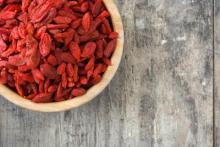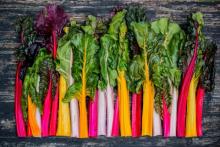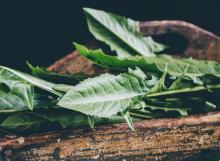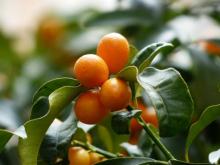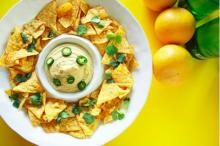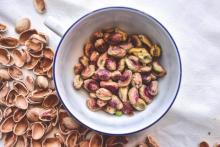diabetes
Superfood 101: Chard!
Chard is in the family Chenopodiaceae, commonly known as the goosefoot family, in the genus Beta L. or beet P. This genus contains ten species of beets and two subspecies, one of which is chard, scientifically known as Beta vulgaris L. ssp. cicla (L.) W.D.J. Koch or chard P.
Superfood 101: The Health Benefits Of Dandelion Greens
Dandelions are a member of the family Asteraceae, commonly known as the Aster family in the genus Taraxacum F.H. Wigg. or dandelion P., which contains nine species. The greens have been eaten since prehistory and are native to Asia, Europe, and America. The name is derived from the French term “dent-de-lion,” meaning “lion’s tooth” and referring to the serrated edges of the leaves.
Ayurvedic Guide To Diabetes
Did you know that 30.3 million people in the U.S. have diabetes? That’s 9.4% of the U.S. population, according to the Center for Disease Control National Diabetes Statistics Report from 2017. And the CDC estimates that 7.2 million people in the U.S. with diabetes are undiagnosed (23.8%).
Superfood 101: Fun Healthy Facts About Kumquats!
Kumquats are a member of the family Rutaceae, commonly known as the Rue family of the genus ortunella Swingle, also known as kumquat P., which contains four species. The plant has its origin in China and was described in Chinese literature in 1178 C.E.
A Raw, Creamy Vegan Nacho Cheese Recipe Everyone Will Love
If you want to make a crowd happy with food, then start with this vegan queso recipe. Its creamy deliciousness will please vegans, vegetarians, and omnivores alike. While there are many vegan foods that don’t stand up to their non-vegan counterparts in terms of flavor, I can tell you with confidence that this one is better than the original. So, on to all the reasons to love this vegan cheese recipe, how to make it, and some other important things you should know about ingredients.
How To Live A Heart Healthy Life
The heart wants what the heart wants—and that includes being healthy as well. So after we protect the heart from emotional pain, here’s what we need to do to keep it in the pink of health, physically.
Superfood 101: Pistachios!
Pistachios belong to the family Anacardiaceae, commonly known as the sumac family. They are in the genus pistache P which has six species; the scientific name for the species pistachio nut is Pistacia vera L. The plant is native to regions in western Asia and was found to be eaten by people in Turkey and the Middle East as early as 7000 B.C.E. and cultivated for millennia.
Superfood 101: Swede!
Swedes are closely related to rutabagas and turnips, who are fellow members of the cabbage family. They are a relatively new plant cultivated in Sweden in the 15th century. They were introduced in Scotland in the 18th century, where a swede was known as a Swedish turnip and called a “neep.” It was often served pureed or mashed as a side dish with haggis.
Superfood 101: Parsnips!
Parsnips are a member of the family Apiaceae, commonly known as the carrot family, which contains ninety-one genera and includes parsnips or Pastinaca L. The plant originally was found from the Mediterranean to the Caucasus region of Asia and was cultivated from the wild parsnip.

